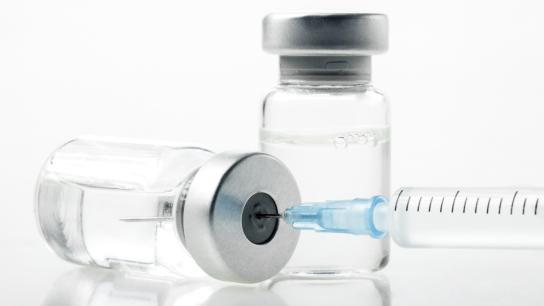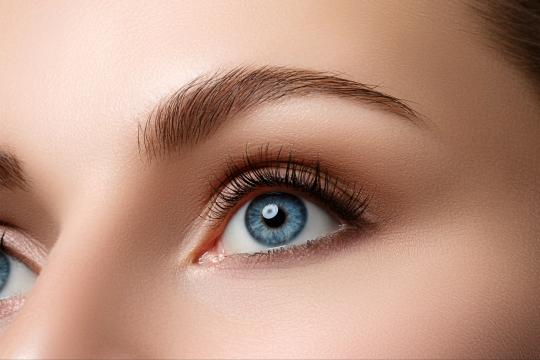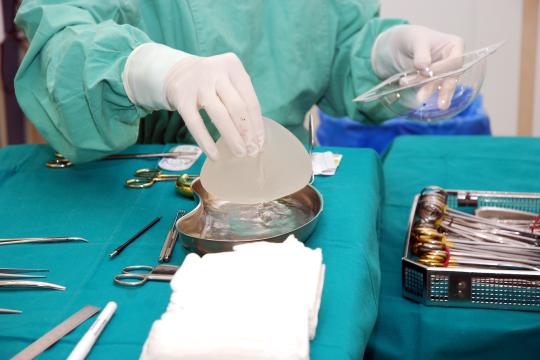
Bogey n' Bacall, popcorn and a movie, salt and pepper, fillers and neurotoxins. Fillers and neurotoxins might not sound as snappy as some of the other pairings, but they do go together just like peanut butter and jelly. When these two injectables are used in tandem, the result is a nonsurgical facelift. Dr. Laurie Casas says it's a perfect combo since "most candidates for dynamic lines also have early volume loss of their cheeks, corners of their mouth, lips and or nasolabial folds." Dermal fillers can address the volume loss in the face while neurotoxins can address the lines.
Fillers are used to rejuvenate the face by restoring soft-tissue volume loss to the cheeks, smoothing out deep creases like the nasolabial folds, and plumping up thin lips or diminishing vertical lip lines. Fillers can also be used in the under-eye area to decrease hollowness and diminish acne scars. It's usually hyaluronic acid fillers like, Restylane, Juvederm Ultra, Perlane or Juvederm Ultra Plus that get the job done. They're a popular choice because they generally last as long as 9 months, have very few adverse effects and can be immediately reversed by injection of the enzyme hyaluronidase if the results are not to your liking.
Neurotoxin injections differ greatly from fillers. They're used in cosmetic procedures to smooth out dynamic or expression wrinkles by blocking the signals from the nerves to the muscles. Because the muscles can no longer contract, the lines relax and soften. Your doctor will use a neurotoxin such as Botox, Dysport or Xeomin on the glabellar frown lines (aka the 11s), forehead lines, crow's feet and other areas as well.
Dr. Casas says there are some people who might only need one or the other, not both, explaining, "The ideal candidate for a neurotoxin injection alone is someone who has excellent to good skin quality but they have dynamic wrinkles created by using their muscles between their brows, on their forehead and/or crows feet, whereas the ideal candidate for filler only is someone who has good to excellent skin quality but has a small fold or volume loss in the chin or cheeks."
If you're in the majority and could benefit from both, it's important to be in the hands of a highly skilled and experienced doctor who understands specifically what you want to address. Except for upper lip lines, Dr. Casas doesn't use toxins in the same spot as fillers. She says that doing so can lead to a frozen look, not desired by anyone.
Even though the results are similar to a facelift, for some patients, the results are certainly not as long-lasting. With Botox lasting around 3-4 months and hyaluronic acid filler lasting 6-12 months, the injections will need to be repeated to maintain your appearance. I'd heard that doing both in combo could make the filler last longer, but Dr. Casas says, "Filler combined with neurotoxin doesn't necessarily make the filler last longer, but hyaluronic acid filler's longevity is increased by lack of motion." That might explain why the combined effect of the two seems to give the filler a slightly longer life in some people. She also said that it doesn't necessarily matter which injectable is done first, except in the lip area where she prefers to do the neurotoxin first, followed by the filler two weeks later. It seems you'd get the best results this way since it can take the neurotoxin a few days to take full effect.
If you've tried one or the other and have not yet done both together, you might want to consider it as most doctors agree it's the right step to take for optimal results. A consultation with your doctor will help you determine if it's for you. As always, make sure you're in the hands of a board-certified plastic surgeon who shares the same aesthetic goals as you. To find a board certified plastic surgeon in your area, click here.





